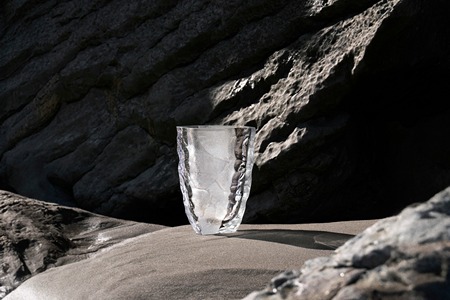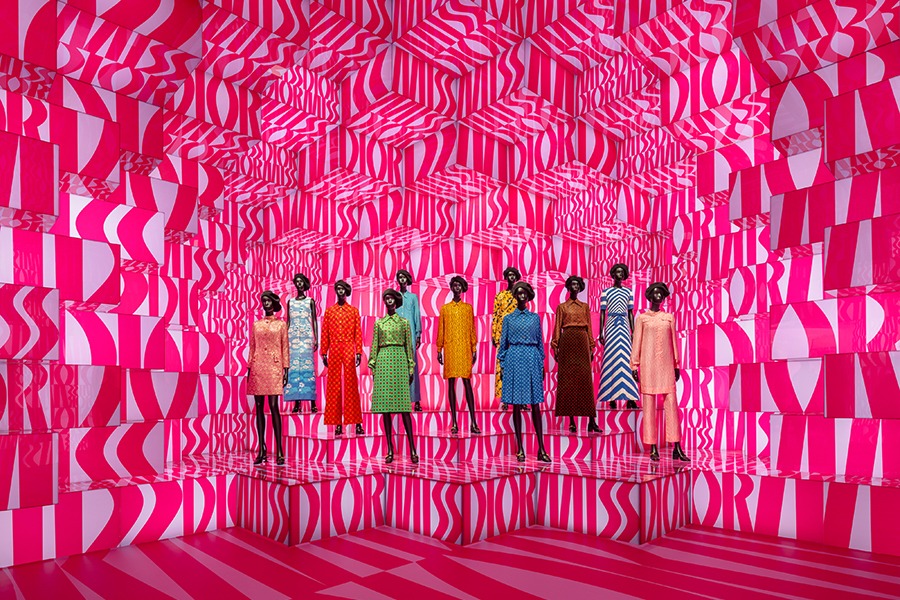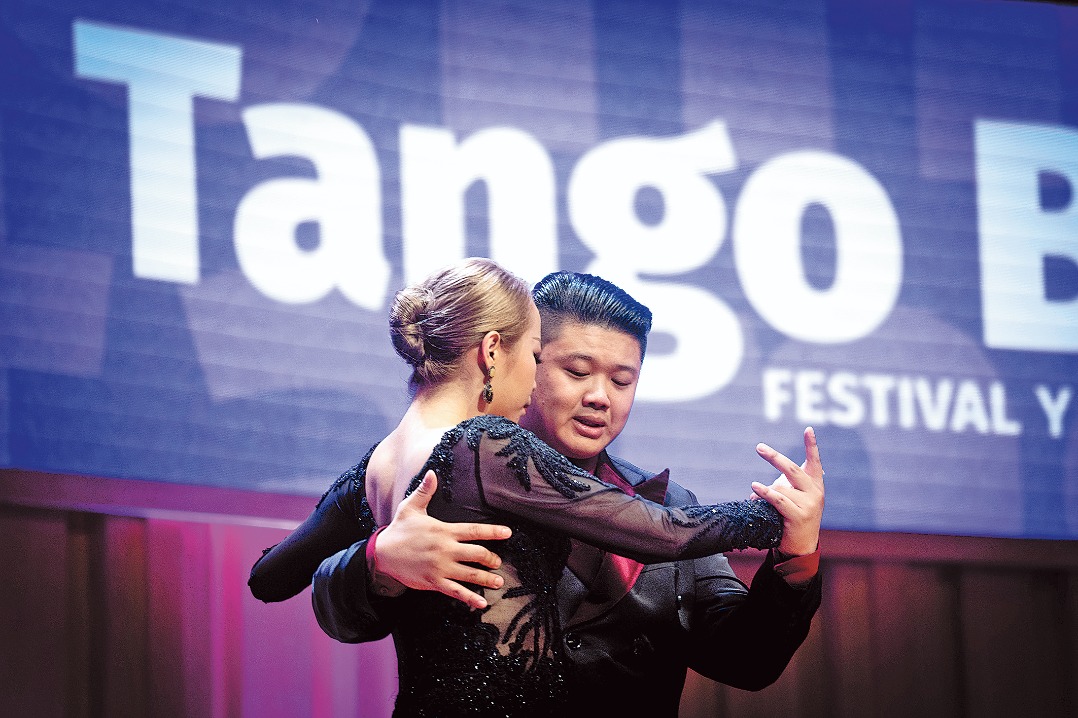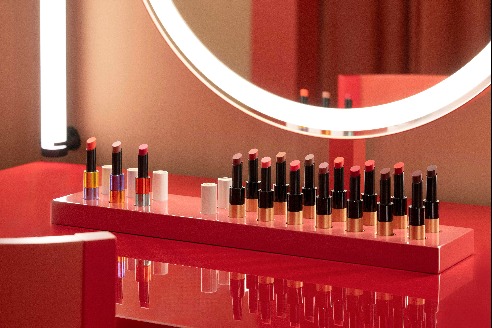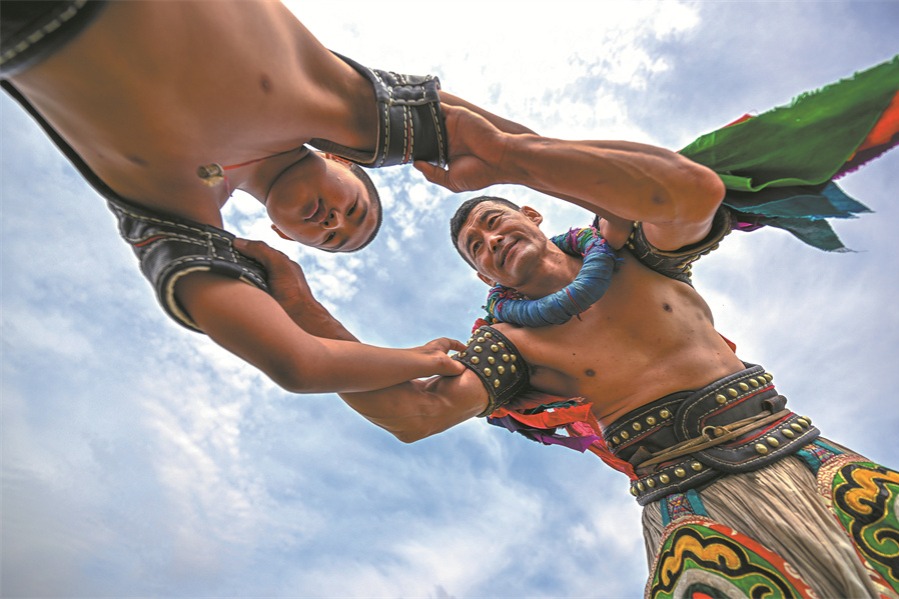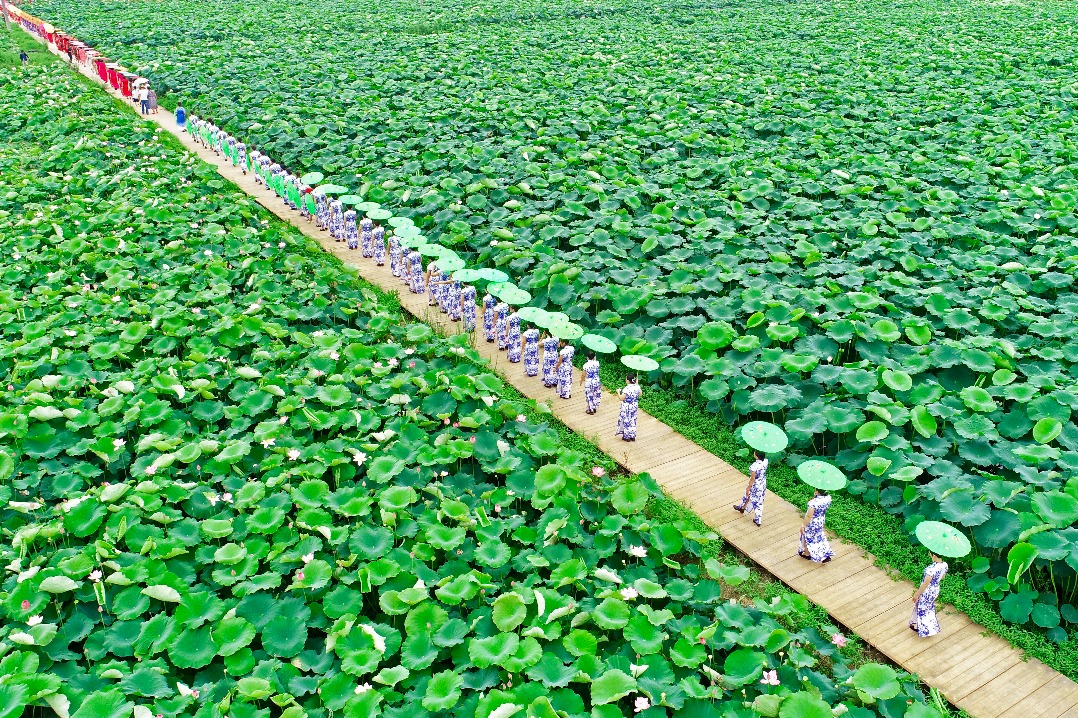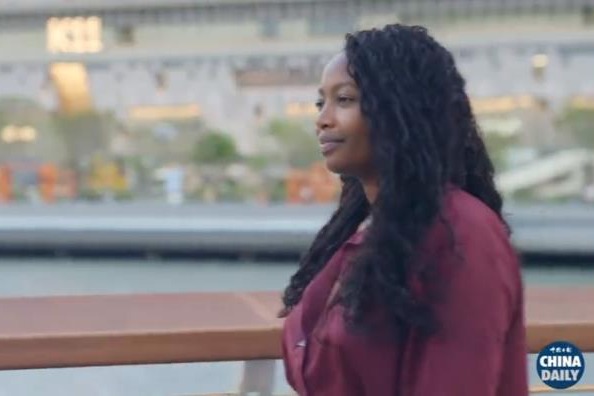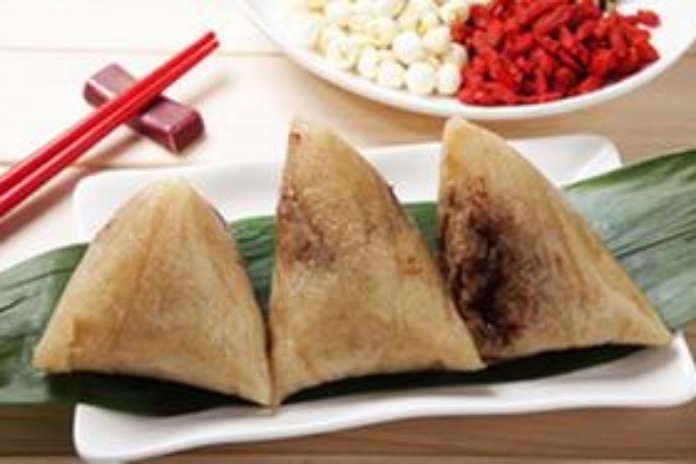Tradition meets futuristic tech


He adds that the association is committed to working with technology companies and cultural tourism institutions on innovative applications such as digital museums and AI-guided tours.
Robotics was a star attraction. Ren Yutong, executive president of the Guangdong Robotics Association, shared the applications of robots in his speech at the expo's forums.
"Robots are playing important roles in stage shows, immersive exhibitions and theme parks. They can adapt their interactions to the circumstances, giving tourists personalized experiences," Ren says.
Robots, he explains, could also ease staff shortages in scenic areas by handling interpretation services and information inquiries. Tourists can also use robotic exoskeletons powered by artificial intelligence to climb mountains.
Virtual reality also offers new ways to explore. Wearing headsets, visitors could experience rowing on Tianjin's Haihe River or strolling on Wudang Mountain in Shiyan, Hubei.
He estimates that various interactive robot experiences and themed activities will serve as a catalyst for more varied cultural and tourism consumption. Robots can act as tour guides and provide customized travel services in the future, while also providing essential accessibility support to travelers with physical challenges.
Alongside the technological displays, audiences watched colorful performances, joined intangible cultural heritage workshops, sampled delicious regional snacks, and bought cultural and creative products, making for an enriching experience.
The best-selling items — such as a refrigerator magnet shaped like a phoenix coronet, a popular piece from the National Museum of China's collection — proved especially popular.
"The crown magnet is a classic example of the explicit expression of traditional Chinese aesthetics in the contemporary era. Its viral popularity may seem accidental, but it is an inevitable outcome of the public's booming interest in museums, cultural heritage and traditional culture," says Liao Fei, who's in charge of the museum's cultural and creative products.
He points out that nowadays, visitors' consumption behavior is more about seeking emotional appeal and satisfying spiritual needs.

















